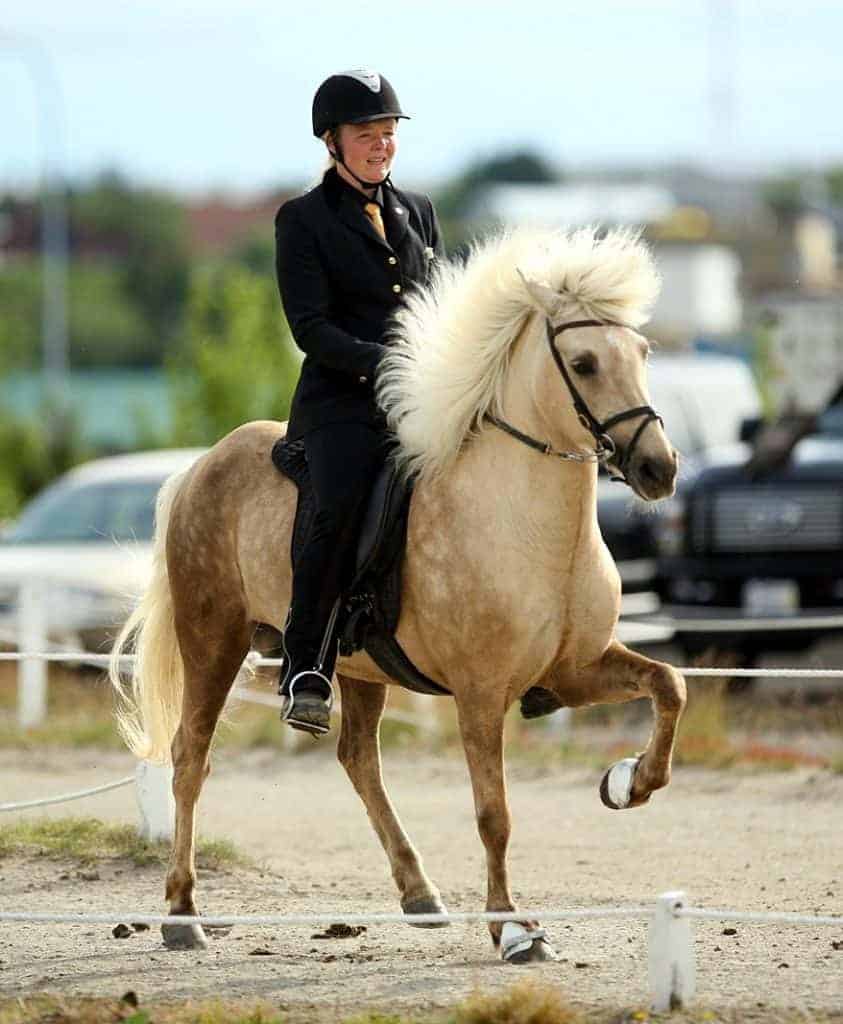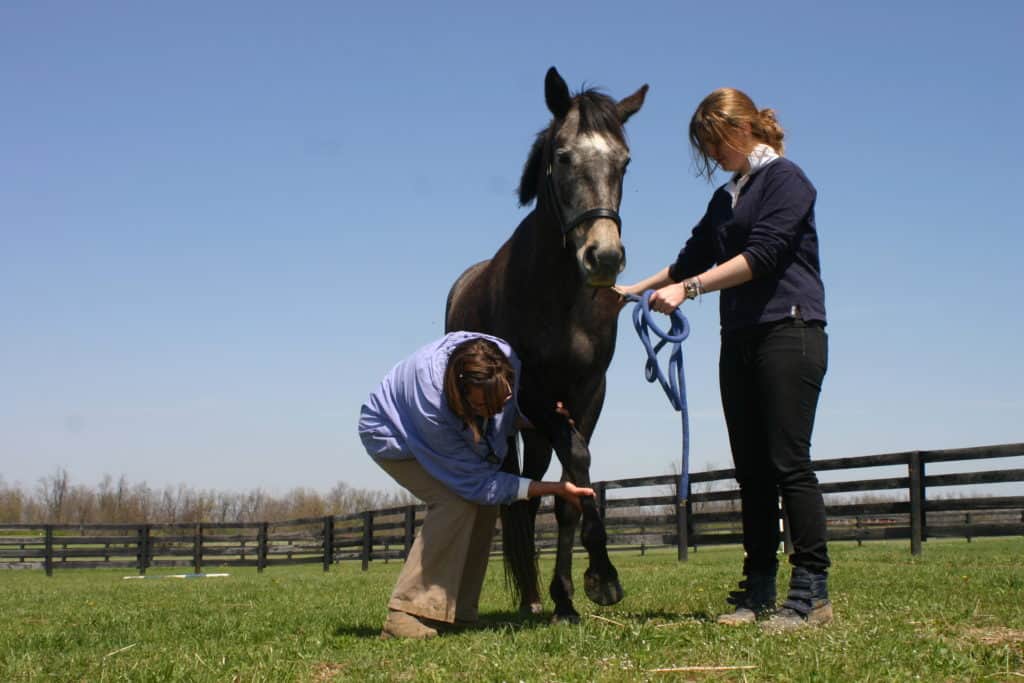
How the Horse in Motion Relates to Trimming and Shoeing
Find out why understanding hoof biomechanics is important when making trimming and shoeing decisions for your horse.

Find out why understanding hoof biomechanics is important when making trimming and shoeing decisions for your horse.

The gene appears to affect horses’ muscular ability to carry out specific gaits, such as the tolt in Icelandics.

Young horses leaned more than older ones with better musculoskeletal strength and coordination, scientists say.

Learn the latest about this puzzling neuromuscular disease.

Researchers are evaluating the impact of these proteins in combating performance-induced physiologic stress in horses.
Rutgers and University of Minnesota researchers are studying genetic factors underlying musculoskeletal diseases.

Many diseases cause signs similar to EPM, but won’t respond to EPM treatment. Ensure you treat for the right condition.

Researchers say the ‘Gait Keeper’ gene appears to be responsible for trotters’ success in harness racing.

Equine veterinarians confirm motion capture could be useful for objective measurements of ataxia, or incoordination.

A low dose of the sedative xylazine did not affect horses movement patterns, but higher doses could have more impact.

Polo ponies showed a high degree of movement asymmetry, but this doesn’t necessarily mean the animal is lame or in pain.

Some riders believe shoes help give a dressage horse better gaits; scientists have found that idea to be mostly a myth.

Researchers determined that 89% of affected horses benefited from a procedure called medial patellar ligament splitting.
Get take-home messages from the 2015 USEF High-Performance Sports Medicine Veterinary Meeting in Portland, Oregon.

Find out what the equine genome can tell us about our horses and preventing genetic disease.

A vet and horse behavior expert shares how to distinguish between normal hind-leg resting behavior and lameness.
Stay on top of the most recent Horse Health news with
"*" indicates required fields